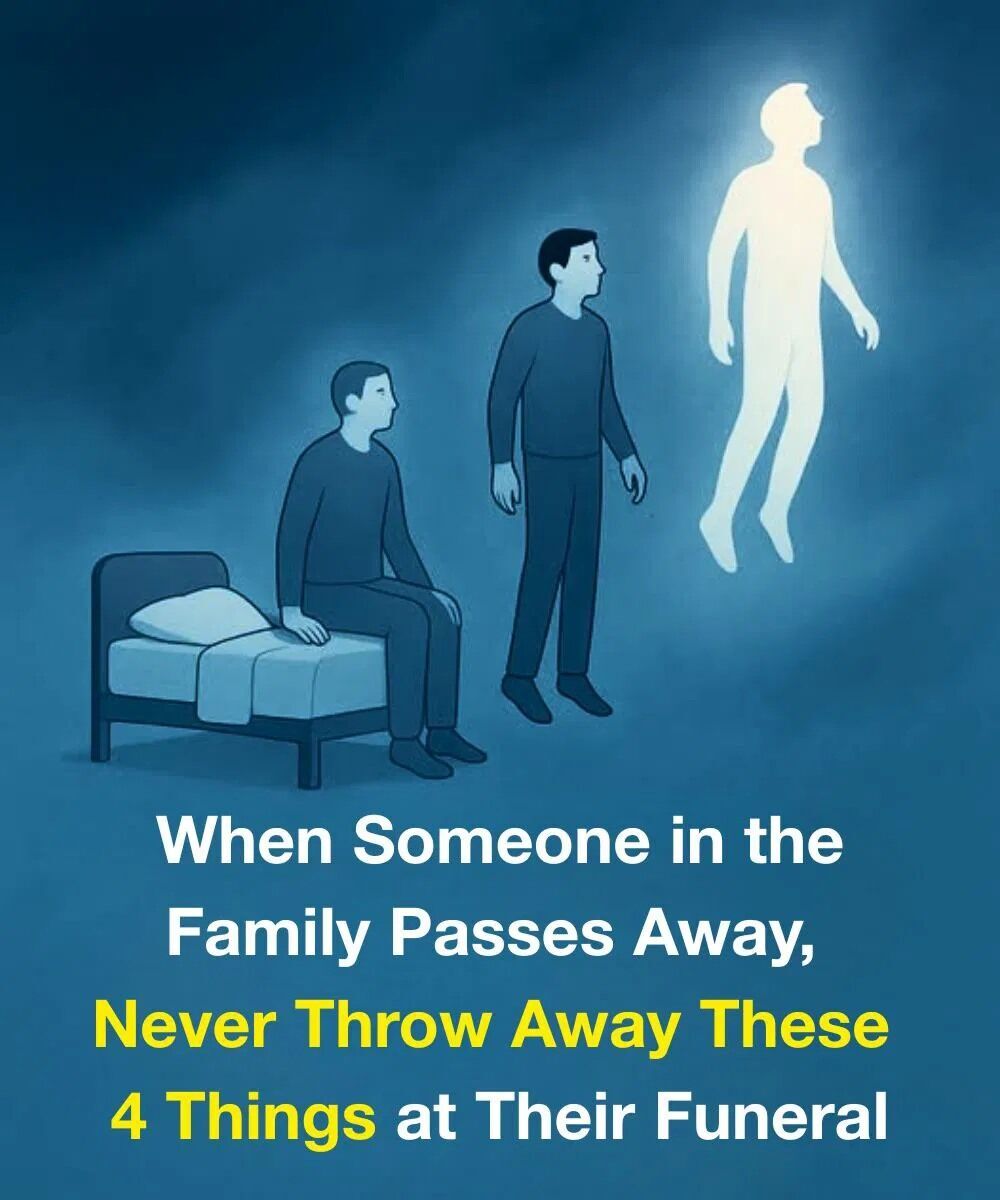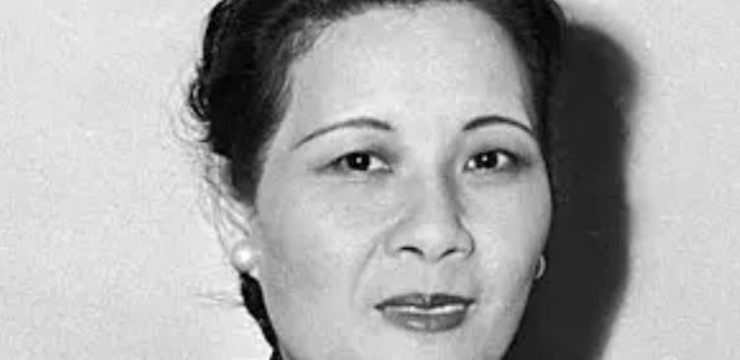Losing a family member is one of the most painful experiences anyone can go through. In the midst of grieving and making arrangements for the funeral, emotions are high and time seems to move too fast. Between selecting flowers, organizing services, and handling legal matters, it’s easy to make quick decisions about what stays and what goes. In that rush, many people end up discarding items that seem insignificant in the moment but hold irreplaceable emotional value.

The truth is, some things should never be thrown away after a loved one passes, because they offer a deep connection to who that person was and how they lived. These items are not just belongings—they are memory holders, tangible pieces of someone’s legacy. When the goal is to heal or find closure, it’s tempting to declutter quickly and try to “move on,” but there’s a difference between cleaning up and erasing a part of someone’s story. The first thing you should never discard is handwritten letters, notes, or cards. In today’s digital age, handwriting carries a powerful emotional weight. A grocery list written in your father’s handwriting, a birthday card signed by your grandmother, or a sticky note your sister once left on the fridge might seem trivial at first glance, but over time, these become cherished relics.
They capture not only their words, but their presence—the curves of their pen, their favorite phrases, even their personality. These little things have the power to comfort, to make us smile through tears, and to remind us of the small, everyday moments that often mean the most. Another item worth saving is photographs. While digital albums are common now, physical photos have an undeniable charm. They freeze a moment in time and often include details that gain meaning as years go by. A casual snapshot at a backyard barbecue or a black-and-white portrait from decades past can reveal expressions, outfits, or family gatherings that fade in memory without visual reminders.
Even the old, faded, or imperfect photos deserve a second look—they might become treasures later, especially for younger generations who never had the chance to know the person firsthand. Third, don’t rush to get rid of personal items that your loved one wore frequently or had a strong attachment to—things like a favorite sweater, a wedding ring, a watch, or even a pair of well-worn shoes. These objects hold more than material worth; they hold stories, routines, and the physical imprint of someone’s life. Sometimes they still carry their scent, which can bring surprising comfort in a quiet moment.
You don’t have to display or use them, but keeping them tucked safely away gives you the option to revisit that connection when you’re ready, or to pass it along to a family member in the future. Lastly, items with their handwriting beyond just letters—like recipe cards, journals, calendars, address books, or even scribbles on a napkin—should be handled with care. A handwritten recipe in your mom’s handwriting is more than a set of instructions; it’s a piece of her tradition. A marked-up calendar can reveal how she spent her time or what she valued.
These everyday artifacts become bridges to the past, helping you remember not just what someone did, but how they lived. In the pain of loss, it’s understandable to want to simplify or remove things that hurt to see. But with time, those very items might bring peace, comfort, and a deeper understanding of the person you’ve lost. Instead of tossing them in the heat of emotion, consider storing them gently or giving them to a trusted family member who may appreciate them later. Grief doesn’t follow a straight line, and healing doesn’t mean letting go of everything. Sometimes, holding on to a few special things allows you to carry someone with you—not just in memory, but in a way that’s real, visible, and deeply personal.





